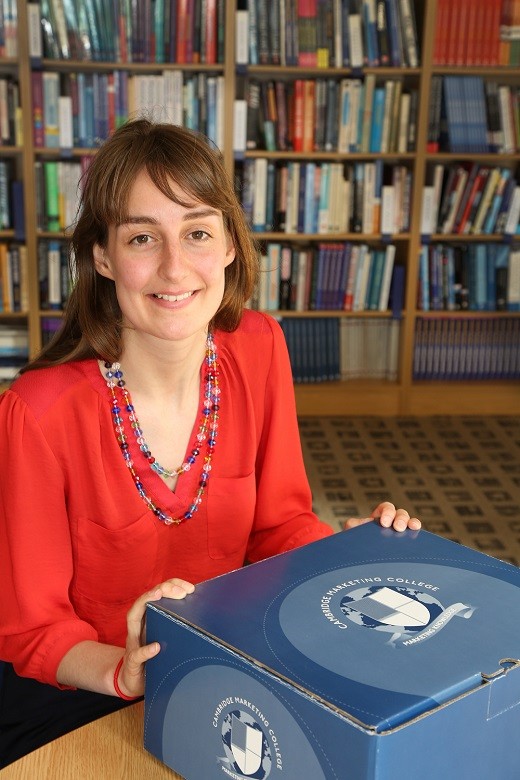A sustainable marketing adventure – in Malaysia!
Article courtesy of Eleanor Devenish.
Perhaps you want to promote an opportunity to do conservation work abroad. Or maybe you want to launch a campaign to make corporations more responsible through consumer pressure. Or perhaps a retailer has chosen to stock more sustainable products, which now need selling. There’s one thing at the centre of all of this: marketing – and in particular – sustainable marketing.
This is what inspired me to embark on a Conservation Marketing Internship sponsored by Cambridge Marketing College and organised by Biodiversity Business. As well as studying for a professional marketing qualification with the Chartered Institute of Marketing, I’ll be travelling to Malaysia for three months to create a marketing plan for Fuze Ecoteer, an expert conservation organisation. Fuse Ecoteer educates volunteers with the help of local expertise to protect a range of critically endangered species, including sea turtles and Malayan tigers, both of which are at risk from poaching. Volunteers gain crucial skills in conservation, teamwork and leadership whilst contributing to tangible results, from removing over 200 tiger snares to protecting turtle eggs and helping the local communities make sustainable livelihoods.
So, what is marketing?
It’s just week one of the internship and already I’m realising that marketing encompasses much more than just promoting an experience, product or service. The marketer’s role is to identify and anticipate consumer needs and champion these within their company to ensure that solutions are centred around them. Communicating with customers is also a two way process, seeking feedback to influence decisions on how best to satisfy their needs.
Marketers ask questions like ‘What market trends are happening?’ and ‘How are our customers defining our brand on social media?’. But marketing is even more than watching customers. It’s ensuring that the entire company acts by the values portrayed in its brand. It’s understanding all stakeholders, from employees to the local community – and how to meet their sometimes conflicting needs. It’s watching internal and external factors that might impact the company at any point and proactively planning for this. This might be seeing what competitors are up to, or following events shaping public opinion. In short, it plays a pivotal role in looking outside the organisation to inform strategy. It’s doing work behind the scenes, scanning the market place and innovating new offerings. The part played by marketers has evolved over the years and now more than ever, with the help of online technology, there’s a huge emphasis on measuring its impacts – is it working? And how well?
So, as we’ve seen, the most effective marketing method is to focus on the market, its needs and how to meet them – not making the cheapest products, using aggressive selling or producing high quality products that aren’t in demand. Take this a step further and you focus on improving the well being of not only customers, but society as a whole.
This leads us to sustainable marketing…
What exactly is sustainable marketing? Striving to do business in a way that actively benefits the planet and the people on it. This might be through truly sustainable ecotourism, for example, or by creating and promoting more sustainable products that meet customer needs of today without compromising those of future generations. It means aiming for not just sustainable operations, but a sustainable supply chain and educating consumers on the need to source ethically, in a way that avoids degrading the environment and exploiting people. Examples include companies producing products that comply with Marine Stewardship Council or Fairtrade Foundation ethics. Once labelled as ethical, the products are more likely to be purchased by conscientious consumers, who actively look for these labels. Ultimately, the aim is to generate business and social value at the same time.
I’m curious to know your thoughts. Do you think sustainable marketing is the future? have you seen any encouraging examples lately? if you have any questions or want to know more, then connect with me on LinkedIn!
I’ll also be posting regular updates on here, so stay tuned!
Bye for now,
Eleanor

Article courtesy of Eleanor Devenish.



